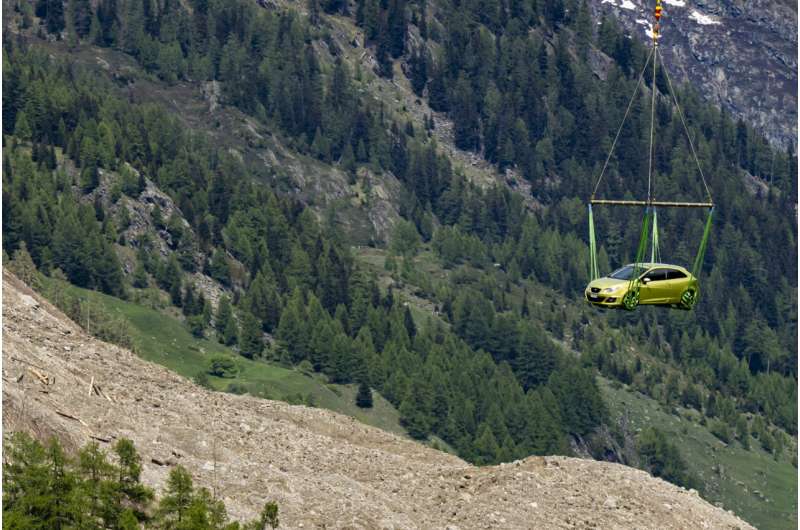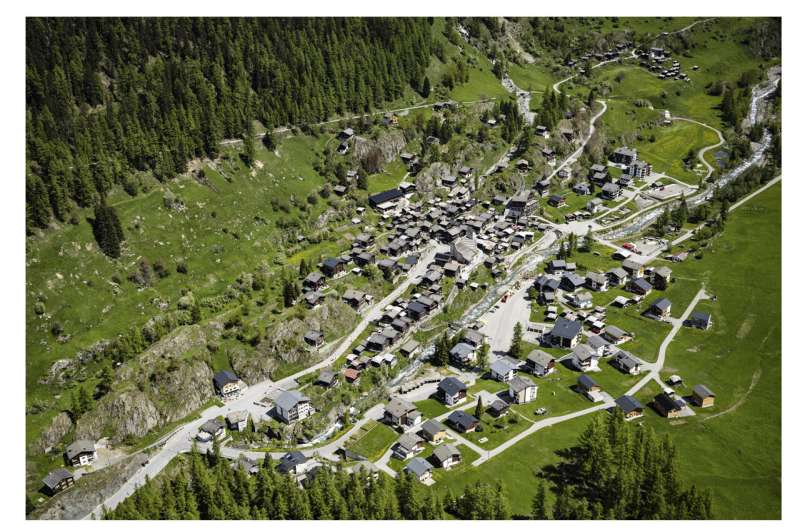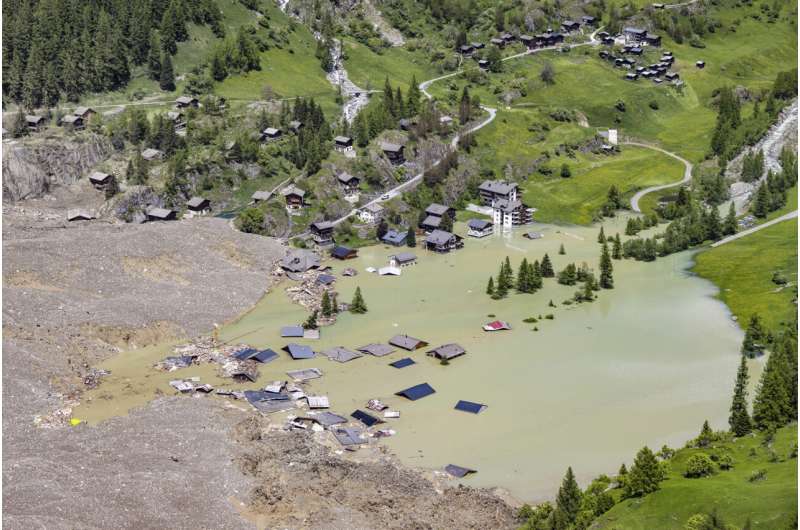In a stark reminder of nature’s power, the Swiss village of Blatten recently faced an unprecedented disaster as a glacier collapsed, leading to widespread devastation. This heartbreaking event not only shook the local community, but also sparked a vital conversation about climate change and its far-reaching effects on our planet. Let’s dive into the details of this incident and understand the broader implications.
A Heartwrenching Avalanche
On May 28, 2025, the Birch Glacier gave way, unleashing a massive debris avalanche that cascaded down the mountainside, obliterating large sections of Blatten. The once tranquil village, nestled in the Swiss Alps, found itself in chaos as the avalanche swept through, leaving destruction in its wake. Authorities acted swiftly, evacuating around 300 residents and their livestock as the threat became apparent.

The Science Behind Glacial Collapse
As scientists analyze this tragic event, they highlight that the dynamics of glacier collapses vary across the globe, from the majestic peaks of the Alps to the vast ice fields of Antarctica. However, the underlying factor influencing these occurrences remains consistent: climate change.
Typically, glaciers are insulated by layers of debris, which can slow down their melting. Yet, in the case of Blatten, this very debris exerted enough pressure to cause the glacier’s ice to shift and eventually collapse. The chain reaction that followed was both rapid and devastating.
Risks from Glacial Lakes
One significant risk that arises from melting glaciers is the formation of glacial lakes. These lakes can build up at the base of glaciers and pose a serious threat if they suddenly burst their banks. In some cases, such as in Juneau, Alaska, these bursts have led to catastrophic flooding, emphasizing the growing dangers associated with glacial melting.

Global Implications
This incident isn’t isolated. Around the world, glaciers are retreating alarmingly fast. For instance, the Alps have lost half of their glacier area since 1950, and projections suggest that more could vanish before this century ends. This is not just a Swiss problem—it affects countless communities reliant on glacial waters for drinking and agriculture.
Lonnie Thompson, a renowned glacier expert, put it poignantly: “The instability of these glaciers is a real and growing problem.” It’s a sobering reminder that our planet is changing in ways that directly impact people’s lives.
The Way Forward
Researchers emphasize that urgent action is necessary to mitigate further climate change effects. Even stabilizing global temperatures may not save all glaciers, but limiting warming could preserve critical ice reserves. The fate of these glaciers lies in our hands, and recognizing the connection between our actions and their consequences is the first step in making a change.

© 2025 The Associated Press. All rights reserved. This material may not be published, broadcast, rewritten or redistributed without permission.
If you would like to see similar science posts like this, click here & share this article with your friends!

